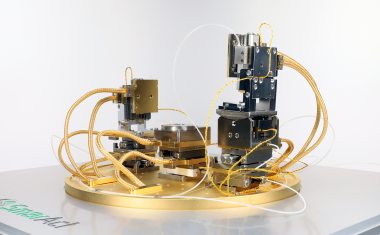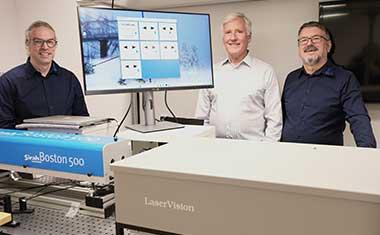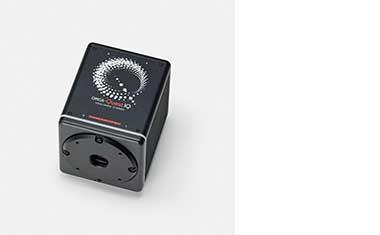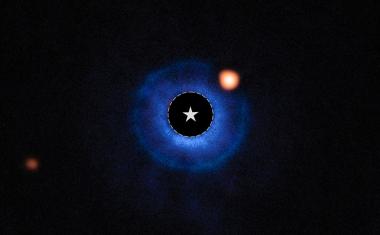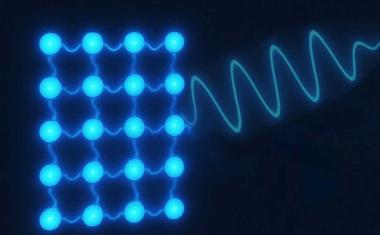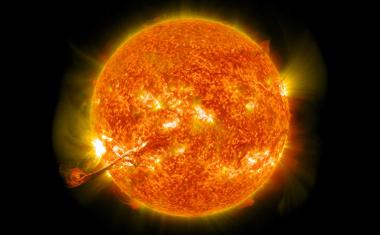Biophysics – Searching for Principles
William Bialek: Biophysics – Searching for Principles, Princeton University Press, Princeton, New Jersey USA 2012, 632 S., geb., $95.00, ISBN 9780691138916
William Bialek

Interactions between the fields of physics and biology reach back over a century, and some of the most significant developments in biology--from the discovery of DNA's structure to imaging of the human brain--have involved collaboration across this disciplinary boundary. For a new generation of physicists, the phenomena of life pose exciting challenges to physics itself, and biophysics has emerged as an important subfield of this discipline. Here, William Bialek provides the first graduate-level introduction to biophysics aimed at physics students.
Bialek begins by exploring how photon counting in vision offers important lessons about the opportunities for quantitative, physics-style experiments on diverse biological phenomena. He draws from these lessons three general physical principles--the importance of noise, the need to understand the extraordinary performance of living systems without appealing to finely tuned parameters, and the critical role of the representation and flow of information in the business of life. Bialek then applies these principles to a broad range of phenomena, including the control of gene expression, perception and memory, protein folding, the mechanics of the inner ear, the dynamics of biochemical reactions, and pattern formation in developing embryos.
Featuring numerous problems and exercises throughout, Biophysics emphasizes the unifying power of abstract physical principles to motivate new and novel experiments on biological systems.
- Covers a range of biological phenomena from the physicist's perspective
- Features 200 problems
- Draws on statistical mechanics, quantum mechanics, and related mathematical concepts
- Includes an annotated bibliography and detailed appendixes
- Instructor's manual (available only to teachers)
William Bialek is the John Archibald Wheeler/Battelle Professor in Physics at Princeton University, where he is also a member of the multidisciplinary Lewis-Sigler Institute for Integrative Genomics, and is Visiting Presidential Professor of Physics at the Graduate Center of the City University of New York. He is the coauthor of Spikes: Exploring the Neural Code.



